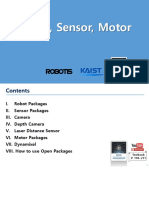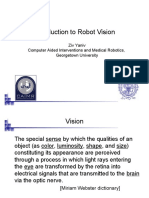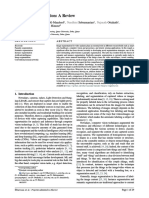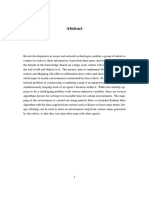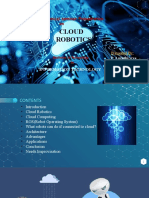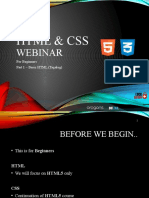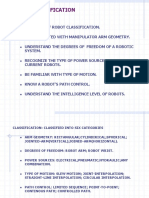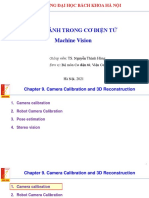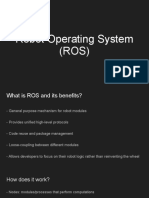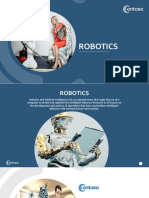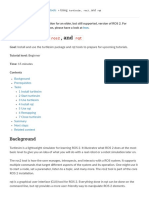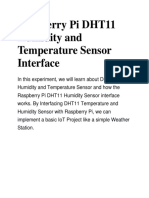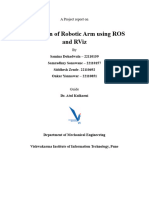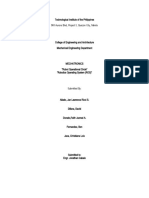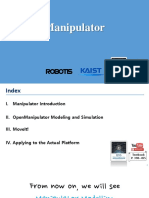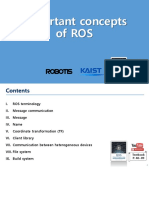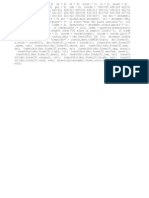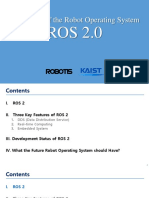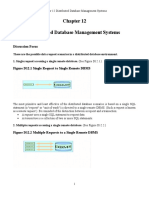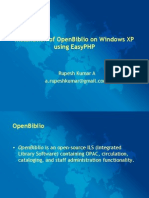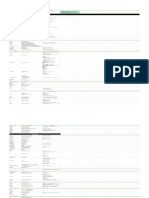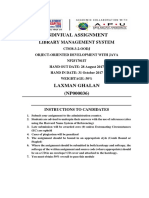0% found this document useful (0 votes)
256 views31 pagesRobot Operating System ROS: Textbook P. 9 21
This document provides an overview of the Robot Operating System (ROS). ROS is an open-source meta-operating system that provides services like hardware abstraction, device control, message passing, and package management to help develop robot software. It uses existing operating systems like Linux and provides libraries and tools to enable communication between processes across multiple computers for robotics applications. ROS aims to build a global robotics software ecosystem by enabling collaborative development of complex robot programs.
Uploaded by
aDun iDeiCopyright
© © All Rights Reserved
We take content rights seriously. If you suspect this is your content, claim it here.
Available Formats
Download as PDF, TXT or read online on Scribd
0% found this document useful (0 votes)
256 views31 pagesRobot Operating System ROS: Textbook P. 9 21
This document provides an overview of the Robot Operating System (ROS). ROS is an open-source meta-operating system that provides services like hardware abstraction, device control, message passing, and package management to help develop robot software. It uses existing operating systems like Linux and provides libraries and tools to enable communication between processes across multiple computers for robotics applications. ROS aims to build a global robotics software ecosystem by enabling collaborative development of complex robot programs.
Uploaded by
aDun iDeiCopyright
© © All Rights Reserved
We take content rights seriously. If you suspect this is your content, claim it here.
Available Formats
Download as PDF, TXT or read online on Scribd
/ 31



